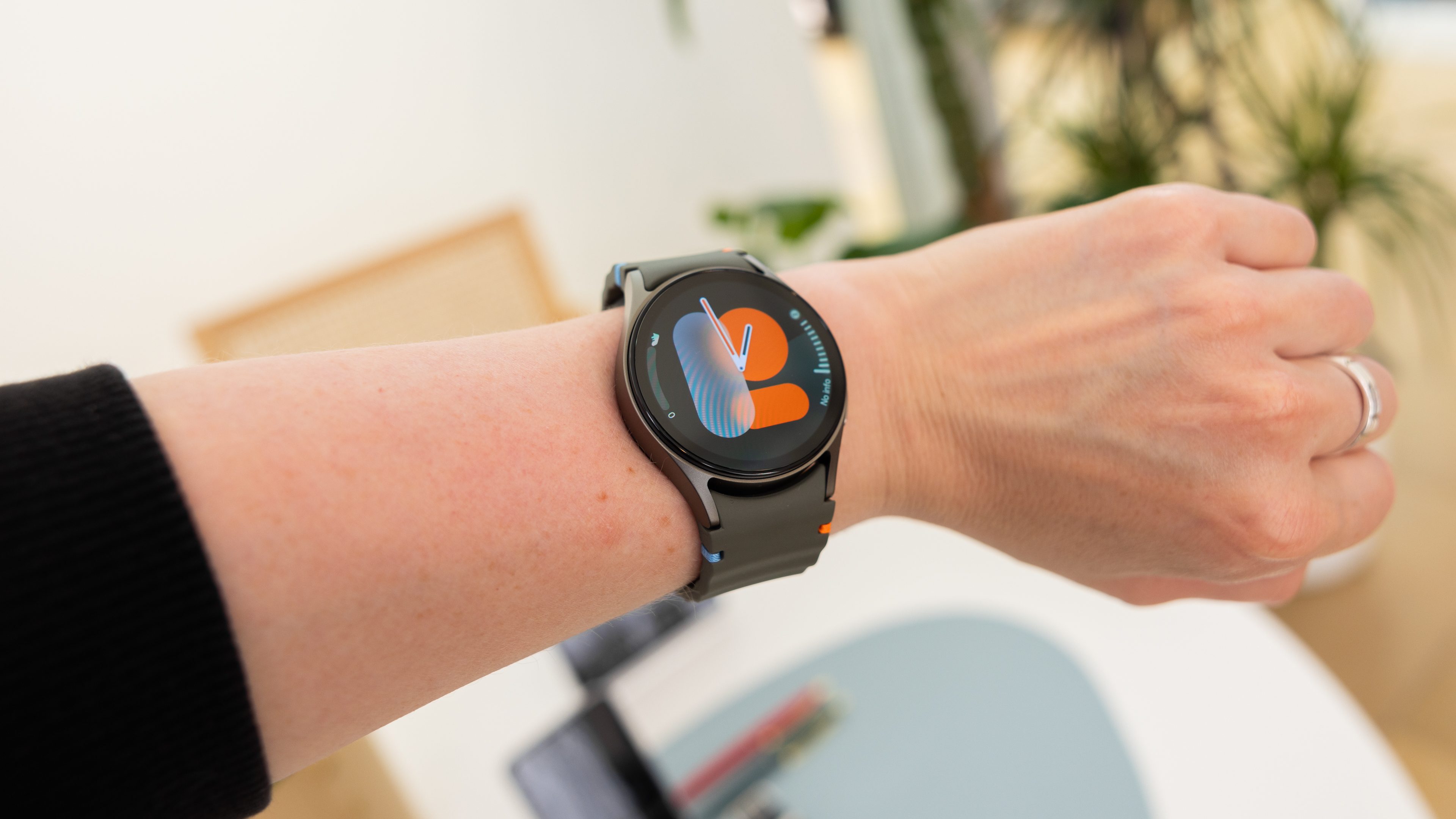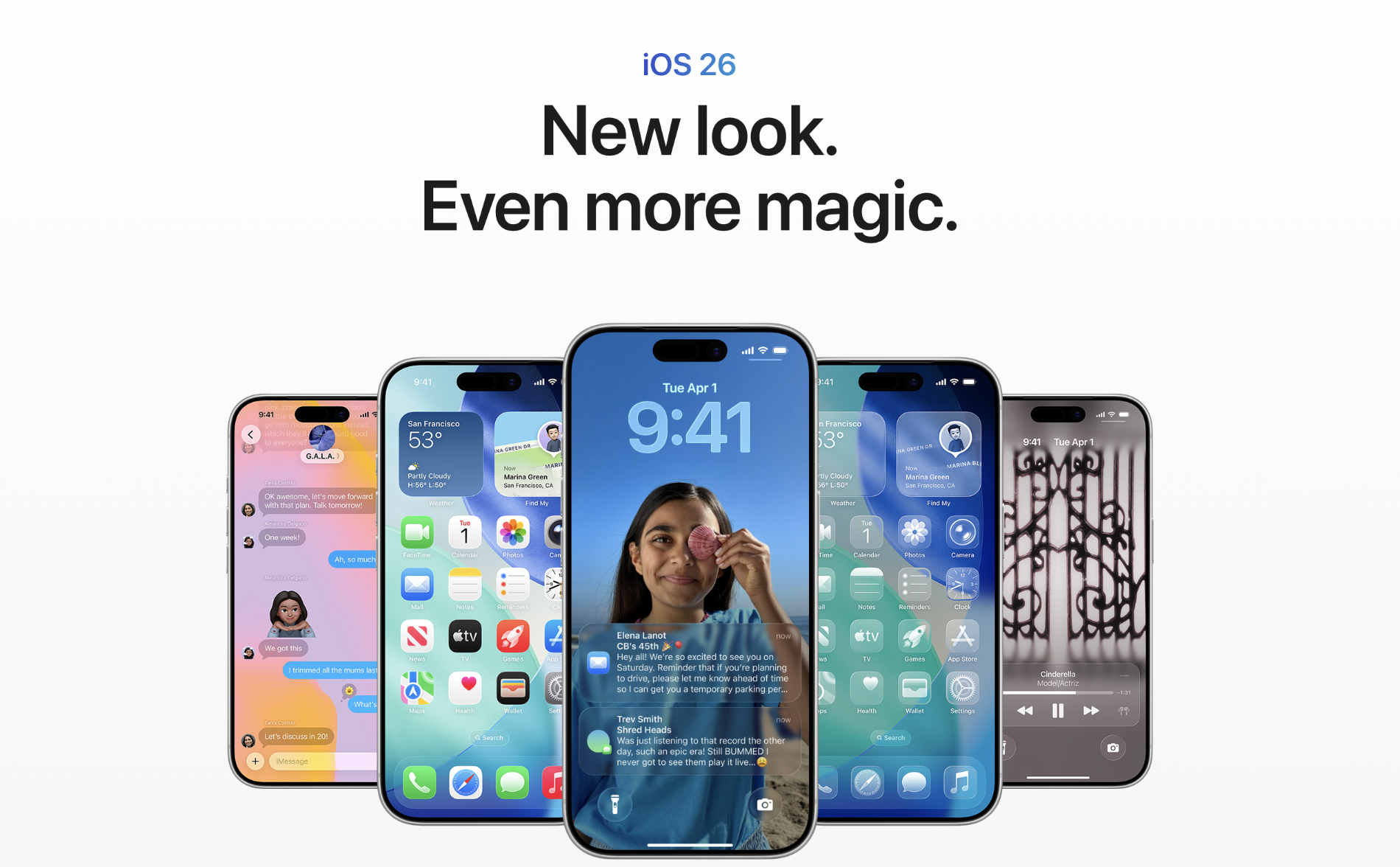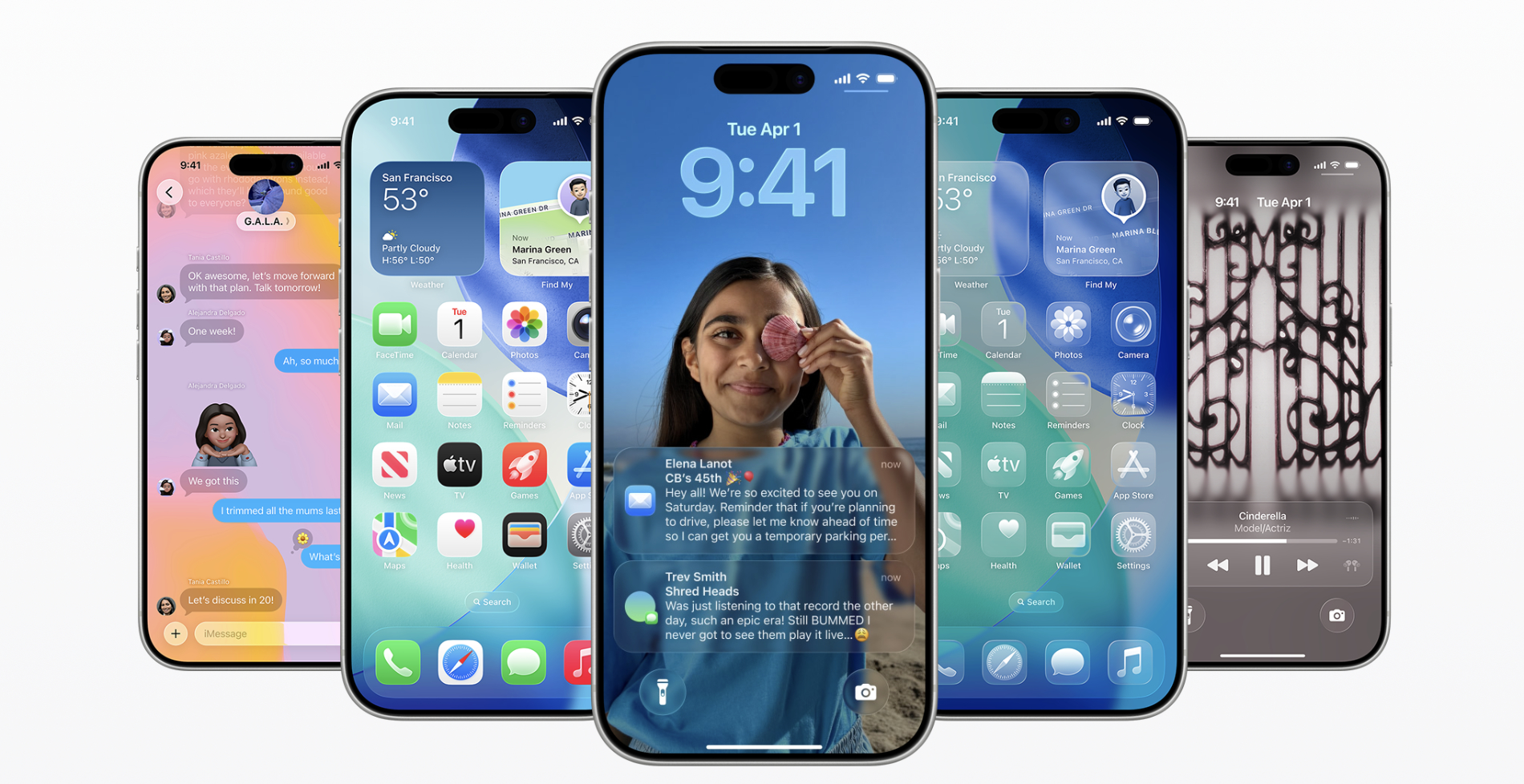
Across the world, regulators have ramped up their efforts to try and increase the safety of kids on the internet. Major social networks are facing scrutiny, and as a countermeasure, trying to roll out tools to protect kids. The core issue in the focus is the content that shows up on children’s screens and how to make it safe.
While a lot of these efforts are geared toward teens, toddlers also use devices to consume content. So, a trio of founders who have worked at companies like Google and Amazon are trying to create an AI-powered browser/companion to create a safe environment for kids to learn and explore through Hello Wonder.
The company currently has an iPad app — which parents have full control over — that lets kids ask questions to an AI chatbot and get answers, videos and interactive experiences that are safe for them. The startup believes that current content tools like YouTube Kids are focused on more engagement and don’t give parents enough insights about what their kids are consuming. That’s the problem the company has set out to solve.
Hello Wonder has raised $2.1 million from investors such as Designer Fund, a16z Scout Fund, Ground Up Ventures and Chasing Rainbows. Investors also include individuals like kids’ content studio PocketWatch’s CEO Chris Williams, Things, Inc. founder Jason Toff and electronics-focused fund MESH’s CEO Tony Fai.
Hello Wonder was founded by Seth Raphael, who led AI prototyping teams at Google and helped built the first version of Google Photos; Brian Backus, who worked as a games producer at Amazon, Disney, DreamWorks and NBCUniversal; and Daniel Shiplacoff, a product designer who worked on Google’s Material Design guidelines.
Raphael built the app out of necessity while raising five children under 12 during the COVID-19 pandemic. He told TechCrunch that while he had seen the potential for AI to help children while studying at university, the technology wasn’t ripe.
“The fundamental problem is that you and I use the internet wonderfully every single day and get tremendous value out of it. But we can’t let our kids do that because there is real harm. Plus, young kids don’t have the ability or tools to find out the content that’s helpful to them,” he said.

Raphael said that he began by trying to find the best content for his children. But that was constraining when kids wanted to explore a certain topic more. Then, he took inspiration from the Montessori method of learning, which involves hands-on learning and activities based on children’s interests. That led the company to build an AI-powered environment to bring content from different corners of the internet in a safe manner.
The company lets parents control what kind of content — videos, games and material from websites — their children are consuming. They can get texts about all kinds of videos or choose to get a daily or weekly summary of their consumption. Parents and guardians can tell the AI through the parent interface in natural language about the content they want and don’t want their children to consume.
For instance, if a family wants to help their kid learn violin, they can tell Hello Wonder that, and the tool will find and insert content about learning violin from time to time.
Hello Wonder, which targets kids from ages five to 10, also lets them interact with trusted family contacts through messages and video calls within the app.
Jordan Odinsky, a partner at Ground Up Ventures, said that Hello Wonder solves the problem of kids having to see unsafe content by involving an AI and having it scan content for safety before serving it to kids.
“Safety systems on today’s apps services for children don’t go far enough. As a browser, Hello Wonder doesn’t lock kids into any one format. They’re free to explore with the AI watching over them. They can consume any type of content as long as it fits within the parent’s values giving them a true internet experience,” he told TechCrunch over a call.
Odinsky added that the app could also be adopted as the child matures and show content to reflect that growth. He said that the app doesn’t have a problem presenting children with a blank search box and leaving them clues about what they want to ask.
“Wonder is built differently. When kids log on, they are prompted each time with ideas to search for. From there, it sparks new ideas to explore that you simply input by speaking. Many of the things browsers deal with, from exploration to discovery to figuring out the best prompt to achieve a desired result, are removed from the Wonder experience,” he noted.
The company is not charging a fee for the app at this time but will introduce a subscription layer in the future. It is also testing to expand the app to Android tablets and Chromebooks.






